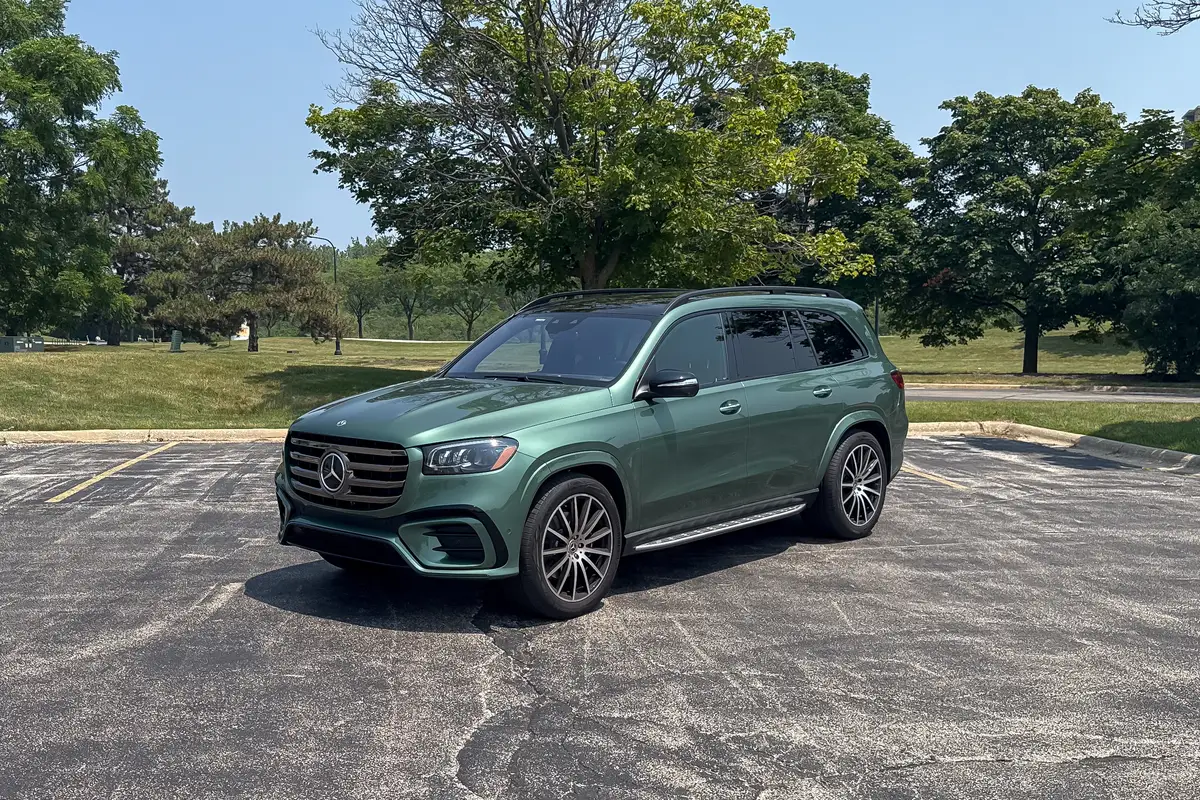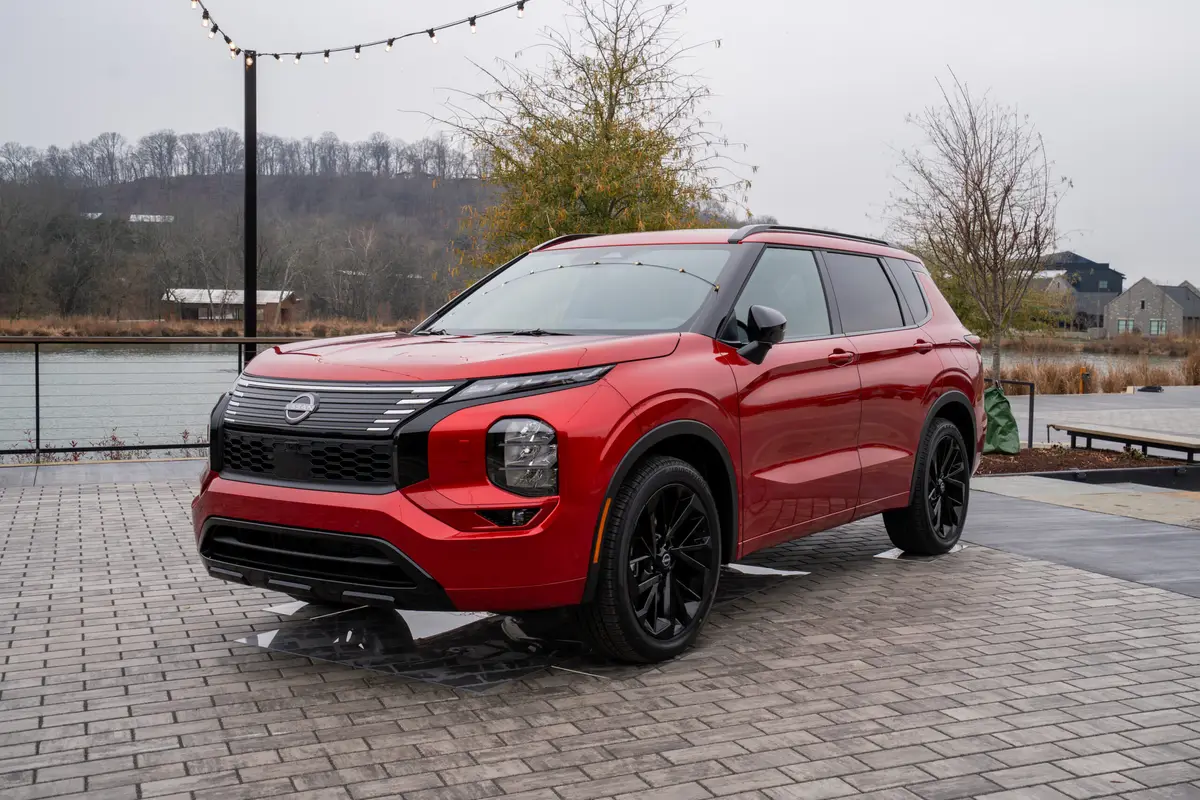washingtonpost.com's view
It is a return to sculpted metal, a flight from the boredom of strictly functional aerodynamic design.
Yet, the wind dances with it nicely, easily moving through its waterfall grille and over its gently sloping hood — moving up and around its distinctively muscular side panels and beautifully tapered rear end.
It is the automobile as art, something reminiscent of the boldness of former BMW design leader Chris Bangle, but not done by him.
Instead, the inspiration for the high head-turning quotient of this week’s subject vehicle, the 2010 Buick LaCrosse CXS sedan, comes from China, where high-end automotive art is taken seriously and where Buick, a best-selling car among that country’s elite, is considered high end.
And the look, the new LaCrosse’s striking exterior and stunningly attractive interior, also comes from Australia and the United States, where engineers and designers at General Motors, Buick’s corporate parent, are determined to prove they can compete with anyone in the global automobile industry — and win.
They have a winner here. Anyone doubting that should accept GM’s latest promotional offer: Buy the new LaCrosse. Drive it for 60 days. If you don’t like it for any reason, bring it back. GM will refund your money — assuming you’ve made timely payments and haven’t crashed or otherwise ruined the car during time of possession.
It’s a risky offer, one that weighs heavily in favor of consumers. It could prove crushingly embarrassing for GM, a company that has had more than its share of embarrassments in recent history, if it fails.
Having driven the new LaCrosse CXS for a week and shown it to friends and others all over the Washington metropolitan area — including people who once swore they would never consider a GM product, or that of any other domestic automobile manufacturer — I think GM will emerge triumphant.
People genuinely like this one. And they like it not because it is an “American” automobile, or because they feel sorry for Detroit. They like it because it is pretty and well-made. Because, as one neighbor said after coffee in a Northern Virginia shopping center, “It has an interior that beats anything in its class.”
In its top-of-the-line CXS iteration, the front-wheel-drive LaCrosse, equipped with a 3.6-liter, 280-hosepower V-6 engine, also has on-road driving performance that rivals anything in its segment. But Buick’s marketers must make clear the differences between the CXS and its lesser siblings, the CX and CXL, which come with smaller engines and smaller-diameter wheels.
Both the CX and CXL equal the CXS in premium styling, fit and finish. But the CXS easily matches more expensive models, such as the Acura TL and Lexus ES 350, in acceleration, ride and handling.
By comparison, the CX, to be offered with a standard 182-horsepower inline four-cylinder engine, falls short of that mark.
The mid-range CXL, equipped with a standard 3-liter, 255-horsepower V-6 and later available with an all-wheel-drive option, won’t woo hard-core driving enthusiasts, people who view every turn behind the wheel as a chance to live out Walter Mitty-type racetrack fantasies. But it should be pleasing to most drivers, people who want to move from one point to another in safety, comfort and style with reasonable fuel efficiency.
All three versions of the new LaCrosse offer infotainment and emergency communications connectivity, much of it as standard equipment, such as BlueTooth and iPod hookups, onboard navigation, and OnStar emergency telephone service.
The new LaCrosse is the Buick that answers the question I put to GM-China officials several years ago, when I was taken aback by the beauty and quality of Buick automobiles sold in that market:
“Why do you offer in China what you don’t give us in the United States? Why don’t we get Buicks we can love?”
We can love this one. Thank you, GM. Thank you, Buick. Thank you.
Latest news



